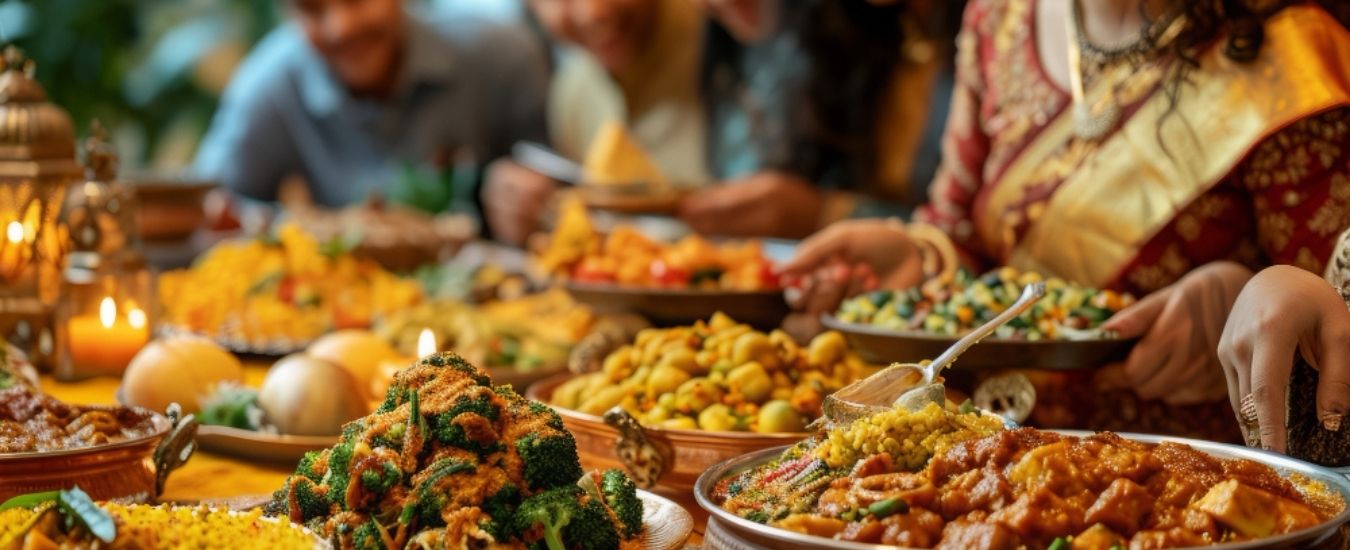Ever attended a Manipuri wedding? If not, let me paint a picture for you—vibrant mandap decorations, sacred chants, poetic dance moves, and a fusion of ancient customs that date back centuries. Manipuri weddings are not just ceremonies; they are cultural tapestries woven with ethnic heritage, tradition, and love. From the intricate wedding attire to the melodic Sankirtana, everything carries a story of identity, faith, and cultural symbolism.
Manipuri weddings are not just about celebrating love; they’re about preserving the rich cultural identity of an ancient civilization. They’re sacred, joyous, and timeless—woven with rituals, music, and meaning.
Historical Roots of Manipuri Weddings
Ancient Meitei Culture and Its Influence
The Meitei community, the predominant ethnic group in Manipur, holds the roots of the region’s wedding customs. Traditionally, these weddings are deeply intertwined with Meitei mythology, Manipuri language, and age-old societal norms. Marriage, in this context, isn’t just a bond between two people—it’s a sacred connection between families and life-cycle traditions.
Role of Hinduism and Vaishnavism
In the 18th century, Hinduism—particularly Vaishnavism—blended with Sanamahism, enriching the spiritual texture of Manipuri weddings. Elements like sindoor, sacred thread rituals, and mantras infused these events with divine symbolism.
Traditional vs Modern Wedding Practices
Modern weddings may showcase designer Potlois and wedding planners, but the soul of the rituals stays strong. Wedding vows are still spoken under the sacred fire, and elders, including the maternal uncle (achaiba), play vital ceremonial roles. Social media may capture it, but spirituality remains at the core.
Pre-Wedding Rituals
Heijingpot (Pre-engagement Ceremony)
A blend of courtship and community engagement, this event involves gifting symbolic items like sweets, fruits, and fabrics—meant to represent fertility, prosperity, and mutual respect.
Yathang Thanaba (Astrological Matching)
Birth charts are matched with precision before setting a date. Astrological blessings validate compatibility, echoing practices similar to Kanyadaan and Saptapadi in broader Hindu traditions.
Heijing Khunaba (Formal Engagement)
Families meet formally, exchange invitation cards, and elders bless the couple. This event lays the foundation for unity ceremonies during the wedding.
Wedding Preparation & Attire
Traditional Bridal Attire – Potloi
The Potloi is a symbol of royalty, handcrafted with sequins, embroidery, and ritualistic motifs. Accompanied by bridal makeup and floral hair styling, it’s a visual ode to tradition.
Groom’s Wedding Outfit
A dhoti, kurta, and turban comprise his attire, with a shawl draped over his shoulder. His procession often resembles a traditional wedding parade accompanied by drums and dance.
Jewellery and Accessories
Gold ornaments, mangalsutra, floral garlands, and hair adornments symbolize purity, prosperity, and commitment.
Wedding Ceremony Rituals
Luhongba – The Sacred Wedding Day
Held in a temple or decorated marriage hall, this is the heart of the celebration. The couple exchanges wedding vows around the sacred fire, guided by Maibas.
Sankirtana and Devotional Dance
Sankirtana sets the spiritual tone. Accompanied by traditional musical instruments, the poetic rhythm binds the couple’s journey with the blessings of their ancestors.
Post-Wedding Traditions
Mangani Chakouba – Community Feast
Food is a ritual in itself. Delicacies like Ngari curry, Eromba, and Ooti are offered as culinary blessings to thank guests for joining this sacred milestone.
Welcome Ceremony at Groom’s House
The bride enters her new home under a ceremonial canopy, greeted with songs and ritual offerings, becoming part of her extended family’s spiritual and social ecosystem.
Unique Customs Across Ethnic Communities
While Meitei weddings follow Vaishnavite norms, Kuki and Naga weddings introduce interfaith elements, including Christian rituals, bride-price negotiations, and tribal dance forms. Today, intercultural marriages blend these traditions beautifully.
The Role of Music, Dance, and Art
Performances like Ras Leela, traditional folk songs, and instrumental duets using the pung and Pena make weddings an artistic tribute to divine love and cultural depth.
Manipuri Cuisine in Weddings
With vegetarian and non-vegetarian options, the feast is more than a meal—it’s a cultural expression of gratitude and abundance. Each dish is crafted to symbolize prosperity and communal bonding.
Modern-Day Manipuri Weddings
Instagram reels, live streams, and drone shots now document every ritual. Yet, the presence of elders, spiritual chants, and inter-community acceptance proves that these are not just events—they’re living traditions.
Cultural Significance of Manipuri Weddings
Manipuri weddings are a repository of cultural knowledge, preserving the Manipuri script, language, and traditions. They engage the entire community, making every guest a participant in a larger narrative of unity and heritage.
FAQs
What is the significance of Potloi in Manipuri weddings?
The Potloi is a traditional cylindrical bridal skirt symbolizing grace, purity, and royal elegance. It’s a hallmark of Meitei wedding attire.
Are Manipuri weddings mostly religious or cultural?
They are a harmonious mix of both—drawing from Hinduism and Meitei customs while incorporating deep cultural expressions like dance and music.
What kind of food is typically served at a Manipuri wedding?
Dishes like Eromba, Ooti, Ngari curry, and various stews dominate the menu, offering a spicy and tangy culinary experience.
How long do Manipuri wedding ceremonies usually last?
They typically span 2-3 days, with pre-wedding, main wedding day, and post-wedding rituals.
Do different tribes in Manipur have different wedding rituals?
Yes! Meiteis, Kukis, and Nagas each follow their distinct rituals, though modern weddings sometimes blend multiple traditions.
